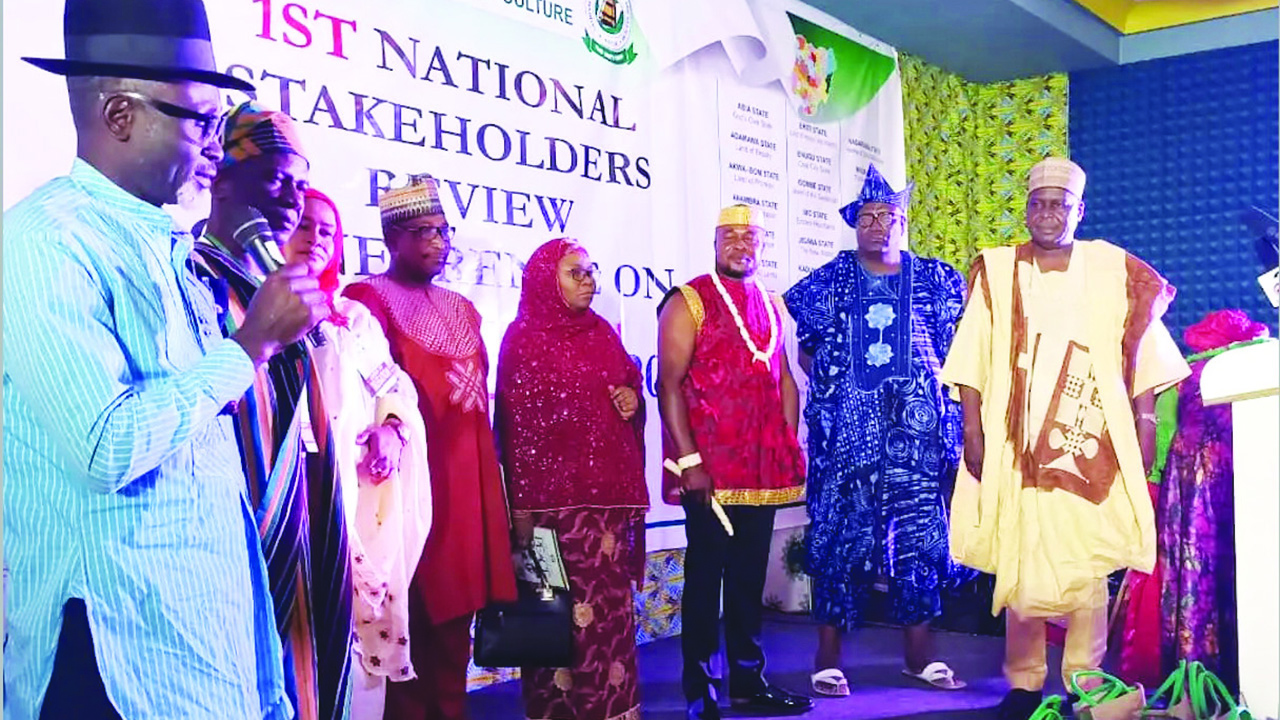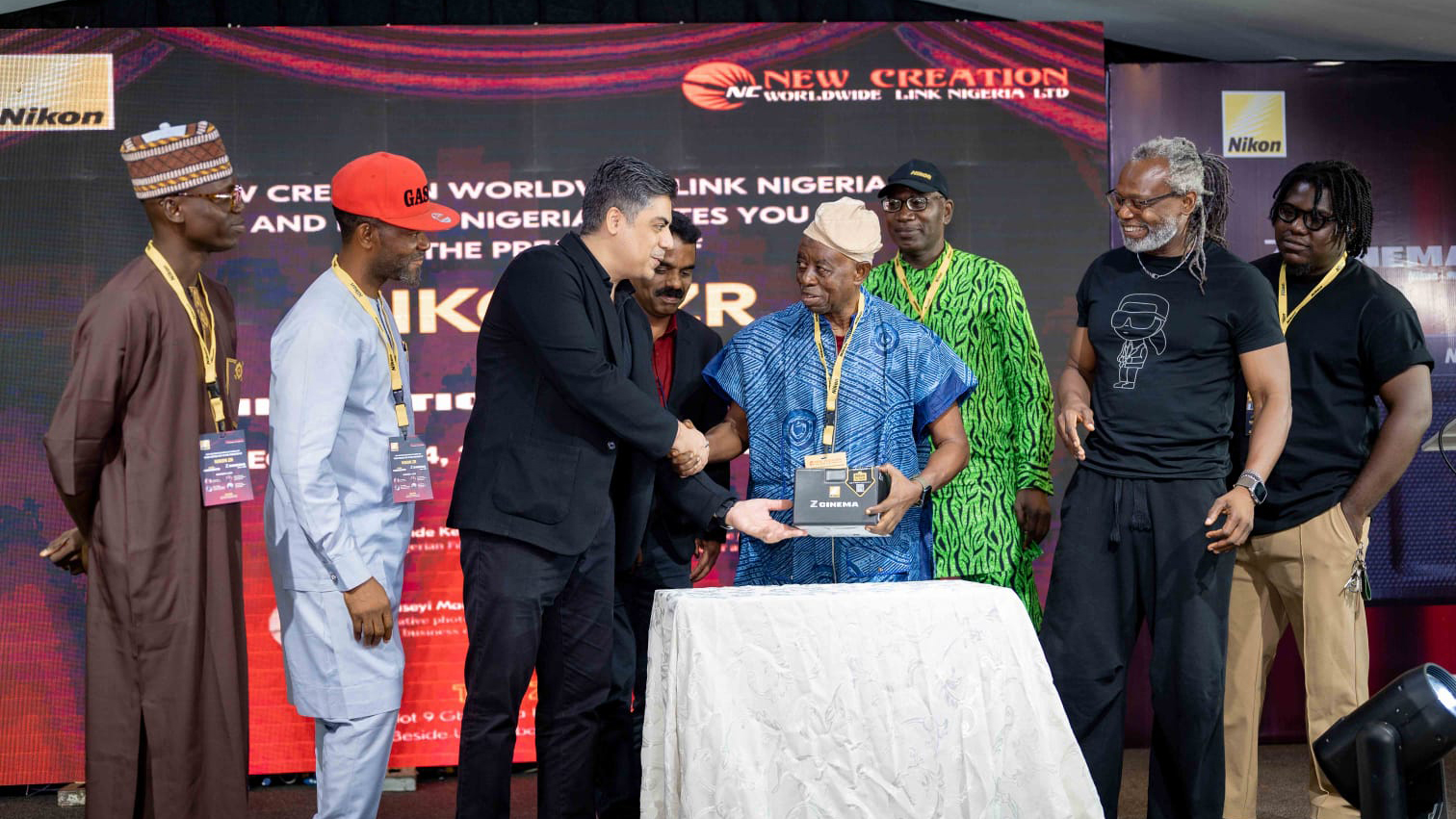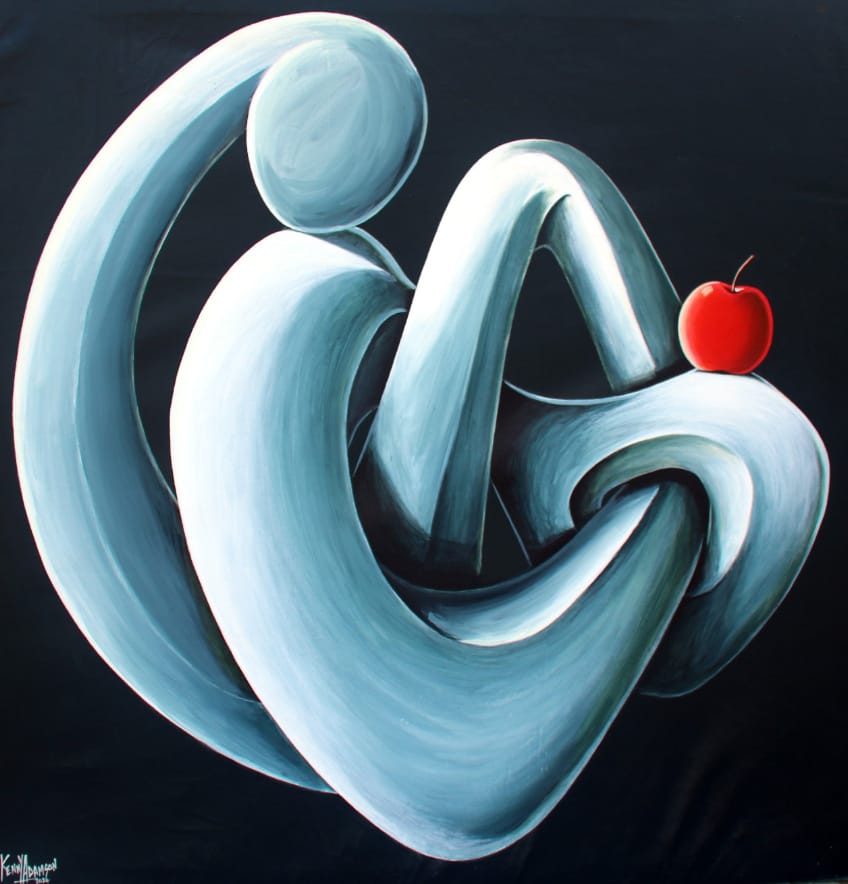
Exactly 23 years after the Millennium Development Goals (MDGs) and its sibling, Sustainable Development Goals (SDGs) were announced, UN’s aim of ending global poverty, hunger and gender inequality by 2030 still has a long way to go without culture.
Although none of the 17 SDGs focuses explicitly on culture, there are many cultural references in their subsequent targets. For example, target 4.7 wants to ensure that “all learners acquire the knowledge and skills needed to promote sustainable development, including, among others, through education for global citizenship and the appreciation of cultural diversity and of culture’s contribution to sustainable development.”
The MDGs were pursued from 2000 to 2015. The new agenda was adopted in 2015 and aims at 17 SDGs and 169 targets: No poverty; Zero hunger; Good health and well-being; Quality education; Gender equality; Clean water and sanitation; Affordable and clean energy; Decent work and economic growth; Industry, innovation, and infrastructure; Reduced inequalities; Sustainable cities and communities; Responsible consumption and production; Climate action; Life below water; Life on land; Peace, justice, and strong institutions; and Partnerships for the goals.
For UNESCO, there are four dimensions of sustainable development: Society, Environment, Culture and Economy. Culture is one of the pillars of sustainable development, and therefore, cultural aspects cannot be missing from any sustainable development strategy.
Sustainable development takes place within cultural contexts. Culture can promote economic growth (cultural tourism, handicrafts, food etc.) and environmental sustainability (cultural and natural heritage preservation). For this reason, it is essential to preserve cultural identities across the world as they can accelerate the transition to a more sustainable future.
This winding year, 2023, marks the midpoint in implementing SDGs Agenda, and also, an opportunity to assess how National Council for Arts and Culture (NCAC) has fared as a culture mission that is not just focused at promoting Nigerian cultures and heritage, but determined to align activities to the attainment of UN’s development goals.
NCAC, in the last six years, has deepened role of culture in sustainable development. Under Otunba Olusegun Runsewe’s leadership, it has vigorously pursued programmes that will open up the industry, unbundle, harness and develop latent skills leading to the emergence of a sustainable cultural environment.
According to Director, Division for Creativity in the Culture Sector at UNESCO, Jyoti Hosagrahar, “if the SDGs are grouped around the economic, social, and environmental objectives as the three pillars of sustainable development, then culture and creativity contribute to each of these pillars transversally. The economic, social, and environmental dimensions of sustainable development, in turn, contribute to the safeguarding of cultural heritage and nurturing creativity.”
An architect, planner and culture specialist, Hosagrahar, said cultural heritage – both tangible and intangible – and creativity are resources that need to be protected and carefully managed. They can serve both as drivers for achieving the SDGs as well as enablers.
The former professor at Columbia University in New York and UNESCO Chair professor at Srishti Institute in Bangalore, India, also said, “the framework for the 2030 Agenda, in spite of all the references to culture, has not adequately recognised culture’s significant contribution to the implementation of the SDGs. The precise role and impact of culture on sustainable development needs to be systematically studied, measured, and operationalised. As the implementation of the SDGs moves forward, further work is necessary to build a systematic and measurable evidence base to demonstrate each of the contributions of culture to sustainable development.”
According to the Director-General of NCAC, Runsewe, “there can be no sustainable economic development when the values and orientation of the citizenry are at variance with the culture on which the society is founded, and where the general pattern of consumption is conspicuously alien and brazenly extravagant.”
Speaking with The Guardian at the NCAC Cultural Market, one of the projects designed by the country’s culture mission to market Nigeria to the outside world, he said: “For us to attain economic growth, therefore, we must return to our cherished cultural values and harness our cultural resources to engender national development.
“In the last six years, the NCAC has executed skills acquisition programme through the platform of the National Festival of Arts and Culture (NAFEST) and the International Arts and Crafts (INAC) Expo. In these and several other programmes, over 10,000 Nigerians, especially women, youths and the physically challenged, have been trained and given start-up grants,” Runsewe told The Guardian.
He reminded this reporter that from Benin to Port Harcourt, Lagos to Abuja, young people are at the heart of NCAC’s skill acquisition revolution that is unfolding across the country. While a number of cities such as, Kaduna, Jos and Ado Ekiti have enjoyed the arts and crafts training that go with National Festival of Arts and Culture (NAFEST) hosting, others have set their sights on the festival as a vector for sustainable local development.
According to the culture journalist and Arts Editor of Vanguard, Dr. Osa Mbonu Amadi, “with an ever-increasing number of youth fully embracing the programme and deploying a broad vision that share a common DNA — the creative world, an approach that necessarily interconnects the local with the global, and a desire to contribute to improving living conditions as enunciated in SDGs.”
An opinion also shared by Ozolua Uhakheme, assistant editor, arts and life, The Nation. According to Uhakheme, with this programme, council has “successfully ingrained skill acquisition in metal production, hair weaving, wood carving, local fabric making, soap and bead making among others, into its flagship programmes.”
Runsewe said: “To open our cultural industry to the international market, we have continued to run INAC with the theme, ‘Networking Nigerian Crafts to the World’, while targeting members of the diplomatic community as primary audience.”
He continued: “For us to have an in-road into the global cultural market, we must cultivate the attention and partnership of members of the diplomatic community while honing our skills and enhancing our design, finishing, packaging and presentation to meet global market standard. It is through product improvement that we can raise the value of our arts and crafts industry to become truly attractive and earn the confidence of the international consumers necessary for a robust cultural economy that can create employment and wealth for our nation.”
Already, as part of the council’s effort to achieve sustainable cities and communities, it has introduced the concept of comparative advantage through the 37 wonders of Nigeria. This programme is anchored on the economic policy of one state, one product.
Runsewe, who declared a state of emergency on the development of cultural tourism and all other value chain industry, embarked on far-reaching project, the 37 wonders of Nigeria, launched by the Executive Governor of Lagos State, Mr. Babajide Sanwo-Olu, at the Lagos NAFEST in 2022, said the emphasis on one state, one product aimed at stimulating the sector and repositioning it on the path of sustainable growth and development.
For example, the Zanna Cap of Borno, the Akwa-Ocha dazzling white traditional woven fabric of Delta State, the Queen India head of Benin, Edo State, the Ikogosi Water Spring of Ekiti, the Nok Culture of Kaduna State, the Dye Pits of Kano, the Itoguntoro traditional weaving heritage of Kogi State, the Dada pottery of Kwara State, the brass works of Niger State, to mention but a few, have all assumed unique cultural brands that could be enriched, repackaged and aggressively promoted as aspects of environmental sustainability (cultural and natural heritage preservation).
In addition to the above, Nigeria is one of the richest countries of the world in terms of cultural festivals. These fascinating cultural festivals and dance include, Ohafia War Dance in Abia State, Ekombi Dance in Cross River State, the Nkwa Umu-Agbogho of Ebonyi State, the Odo Masquerade Festival of Enugu State, the Eyo Masquerade of Lagos State, Arugungun Fishing Festival of Kebbi State, the Osun Osogbo Festival of Osun State, Igue Festival of Edo State, the boat regatta of Rivers and Bayelsa states and so on.
“These festivals can be repackaged into a cluster and a national festival calendar evolved to ensure that tourists in search of leisure and festival entertainment can experience several of these festivals in a particular cluster during one visit,” said Frank Meke, a travel journalist.
Speaking on the maiden National Stakeholders Review Conference on NAFEST, Runsewe believes it is a perfect fit for the objective of government, which is for the culture creative industries to contribute 10 per cent to the Nation’s GDP, expanding sectoral GDP to a remarkable $100 billion by the year 2030.
In an 11-point communique issued after the review of NAFEST, 35 editions after, it was recommended that culture and tourism should remain as one Ministry both at the Federal and State levels to complement each other and contribute meaningfully to the diversification efforts of government and the Gross Domestic Product (GDP) of the nation.
The stakeholders also resolved, among others, that:
• Skill Acquisition is critical and strategic to the empowerment of stakeholders in the sector and the development of arts and culture industry. The skills acquisition training programme should be for women, youths and physically challenged through structured processes of formal education, informal and traditional skill transfer, apprenticeship, etc. Nigerian cultural products should be carefully packaged and aggressively promoted through platforms such as digital marketing, creation of galleries and the participation in travel markets.
• That the concentration of states in development of one unique product in which they have comparative advantage will enable the states package and market the iconic product, attract investors, increase internally generated revenue, enhance Public – Private – Partnership and reduce unemployment. This strategic approach should be vigorously pursued by the states.
• The conference underscored the importance of cultural markets in the states as a means of employment and wealth creation, preservation of the rich cultural heritage of Nigeria and the establishment of one-stop-shop for cultural products. Therefore, the establishment of cultural markets in the states to be domiciled in Ministry of Culture and Tourism was highly recommended.
• The National Festival of Arts and Culture (NAFEST), a flagship programme of the National Council for Arts and Culture remains a veritable platform for fostering national unity, peace, mutual understanding and cooperation among Nigerians, irrespective of ethnic group, culture, creed, tribe or tongue. It should, therefore, be sustained and strengthened.
• The festival should target different relevant audience such as Diaspora Community, members of the academic community and the tourism sector, etc.
• Programmes, which can boost economic activities in the states, should be introduced into the festival in a way that missing the hosting of the festival by a state would amount to missing a life-time economic opportunity.






